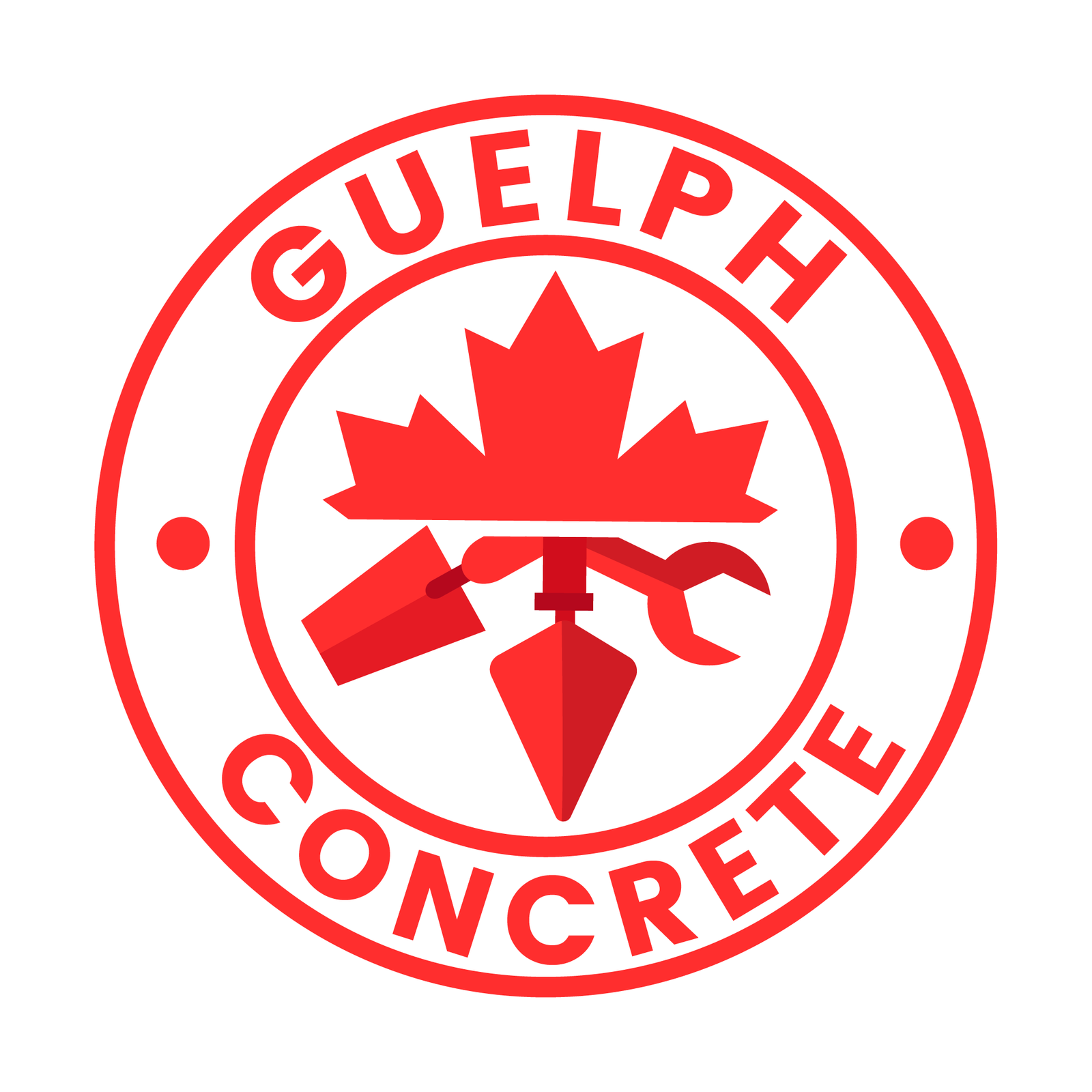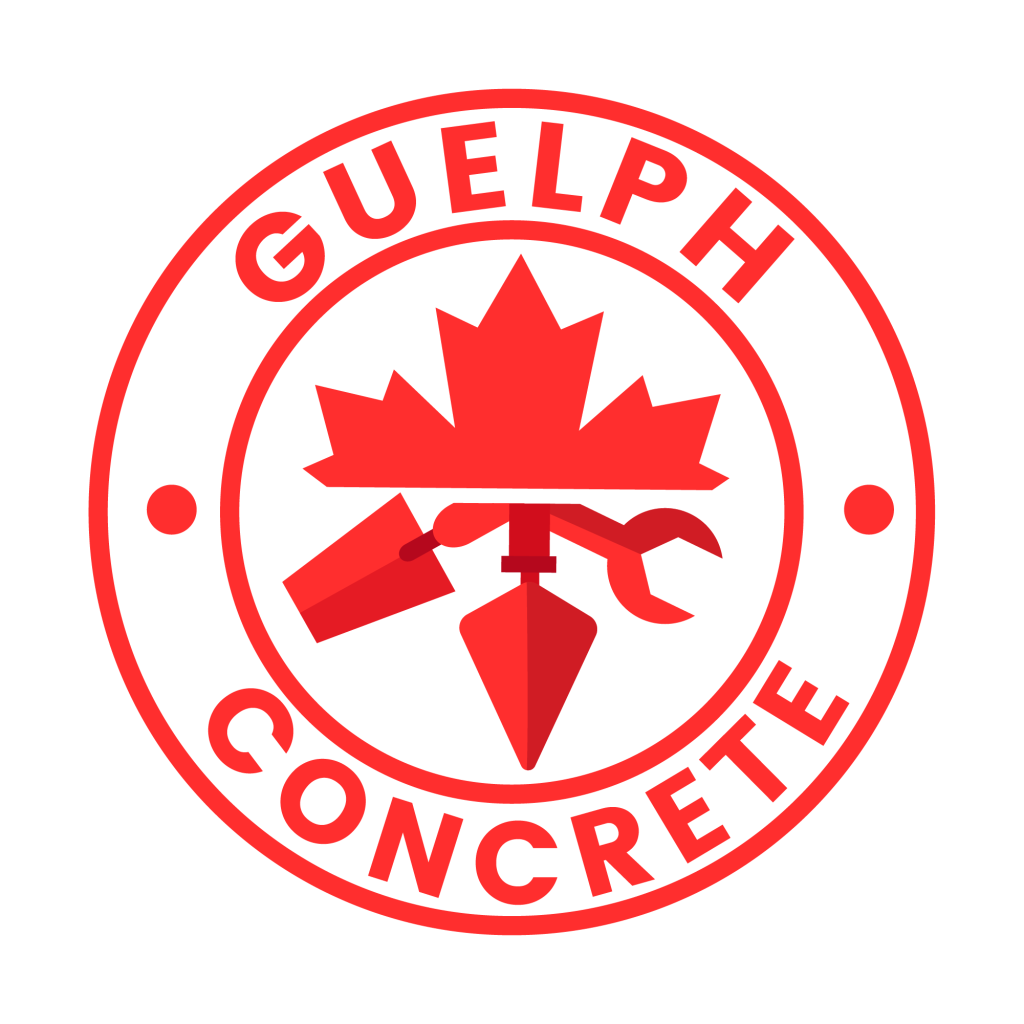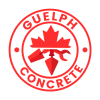At Guelph Concrete LTD, with over 15 years of experience in Guelph, Ontario, we know how crucial it is to waterproof a block foundation effectively. Our process begins with a thorough inspection to identify any cracks and gaps. We then secure these vulnerabilities using high-quality epoxy or polyurethane sealants.
Once the foundation walls are cleaned, we apply a robust waterproof membrane to ensure maximum protection. Proper soil grading and drainage around the foundation are also essential, so we create a slope that directs water away from your home. To manage excess water, we recommend installing and maintaining a weeping tile system or sump pump.
These steps offer a comprehensive defense against water damage, ensuring the durability and safety of your foundation.
Want to master each step? We have more tips and detailed explanations coming up.
Ready to protect your home? Contact Guelph Concrete LTD for a free estimate today! Call us at 548-490-2074.
Inspecting the Foundation
To begin waterproofing a block foundation, we need to thoroughly inspect it for visible cracks, gaps, or signs of water damage. Let’s walk around the perimeter and look for areas where water might be seeping through the blocks or mortar joints. It’s vital to check for efflorescence, that white powdery substance, as it indicates water penetration and potential issues requiring foundation repair.
Next, we’ll assess the soil grading around the foundation. Proper drainage is essential, so the soil should slope away from the blocks to prevent water from pooling against the foundation. If we notice any grading issues, addressing them will be a part of our waterproofing solutions.
For a detailed inspection, we might consider hiring a professional foundation repair expert in Guelph. They’ve the experience to identify subtle signs of damage and recommend effective waterproofing solutions. This step ensures we don’t overlook any significant issues that could lead to more significant problems down the line.
Sealing Cracks and Gaps
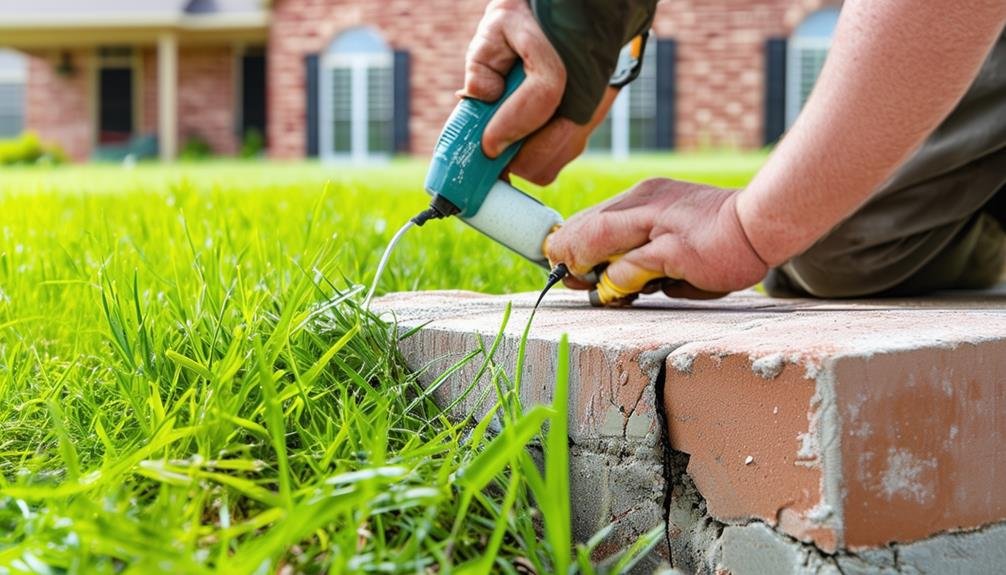
At Guelph Concrete LTD, we’ve been identifying and addressing common problem areas in block foundations for over 15 years. In our experience, cracks and gaps are likely to form in various vulnerable spots, leading to potential water seepage and structural damage. We specialize in pinpointing these vulnerabilities and applying effective sealing techniques, such as epoxy or polyurethane, to ensure a watertight barrier.
By tackling these issues proactively, we can significantly reduce the risk of water infiltration and maintain the integrity of your foundation.
Don’t wait for small problems to turn into major concerns. Contact Guelph Concrete LTD today for a free estimate at 548-490-2074.
Let our expertise keep your foundation strong and secure!
Identifying Common Problem Areas
Identifying cracks and gaps in our block foundation walls is crucial for a thorough waterproofing process, as these common problem areas often invite unwanted water infiltration and moisture issues. When we start on a foundation assessment, we’re basically laying the groundwork for effective waterproofing solutions that will protect our homes in Guelph, Ontario.
By spotting these imperfections early, we can take proactive steps toward prevention and maintenance, ensuring our foundations remain sturdy and dry.
Let’s get down to work and inspect every inch of our block foundation. Pay close attention to areas around windows, doors, and any existing joints where cracks and openings are most likely to form. These are the weak points that need our immediate attention.
By sealing these cracks and gaps with specialized sealants and waterproofing materials designed specifically for block foundations, we can create a strong barrier against water infiltration.
Regular inspections are key. By committing to routine checks and promptly addressing any new cracks or gaps, we’re not just maintaining our foundation’s structural integrity but also fostering a sense of security and belonging in our homes.
Together, we can stay ahead of potential water damage and keep our foundations strong.
Effective Sealing Techniques
Now that we’ve identified the problem areas in our block foundation, it’s time to roll up our sleeves and tackle those cracks and gaps with effective sealing techniques.
Let’s start by selecting high-quality epoxy or polyurethane sealants, as these materials are known for their durability and effectiveness. Remember, proper surface preparation is vital—cleaning and drying the foundation ensures better adhesion of the sealant.
Next, we need to address any structural issues causing the cracks before we proceed with waterproofing. This step is important to prevent future water intrusion.
For those of us who prefer a DIY approach, make sure you’re comfortable with the process. However, if the job seems too challenging, don’t hesitate to call in professionals who can guarantee a thorough and efficient sealing job.
Choosing sealant colors that blend with our foundation can make the repairs less noticeable and more aesthetically pleasing.
Once the cracks and gaps are sealed, consider applying a waterproofing membrane or coating over the sealed areas for added protection against moisture.
Applying Waterproof Sealant
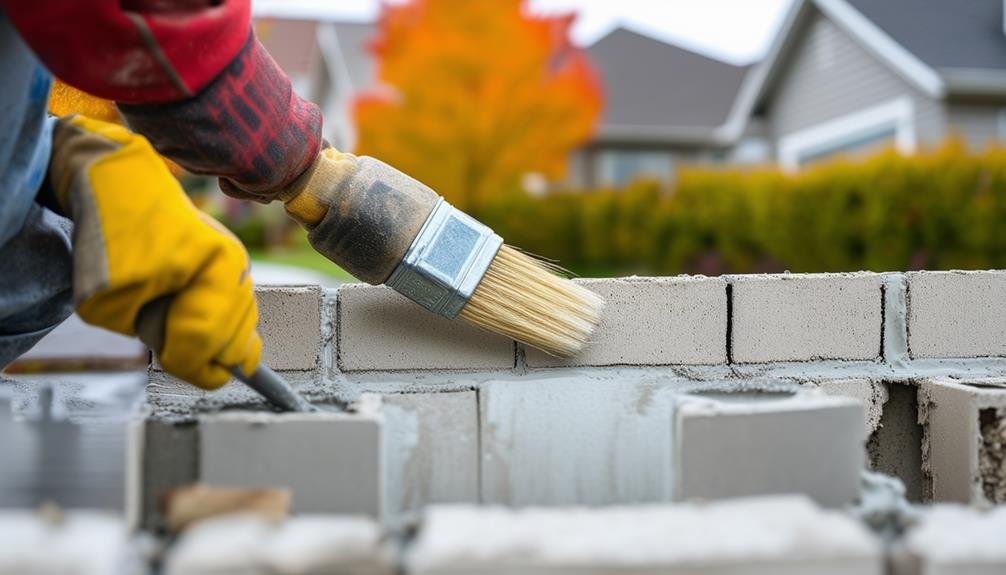
Now that we’ve closed the cracks and gaps, let’s focus on selecting the right sealant products and mastering the application techniques.
At Guelph Concrete LTD, we’ve been ensuring the durability and security of foundations in Guelph, Ontario for over 15 years. We know how crucial it’s to choose high-quality waterproof sealants that suit your specific needs and to apply them effectively for long-lasting protection. By doing this, we guarantee that your block foundation remains dry and secure.
For professional advice and a free estimate on your next project, contact Guelph Concrete LTD today at 548-490-2074.
Let’s help you protect your investment with our expertise.
Choosing Sealant Products
Choosing the right waterproof sealant for your block foundation is important to guaranteeing long-lasting protection against water infiltration.
First, when we’re considering sealant selection, it’s essential to pick a product specifically designed for block foundations. This guarantees optimal protection against the unique challenges they present. We should look for sealants that offer long-lasting durability and resistance to hydrostatic pressure, as these features are crucial for maintaining a dry, sturdy foundation over time.
It’s also a good idea to consult with a waterproofing expert in Guelph. These professionals can provide valuable insights into the best products available, tailored to our specific needs and the local climate. With their expertise, we can make an informed decision that balances effectiveness and cost.
Before applying any sealant, we must properly prepare the block foundation surface. This includes thoroughly cleaning the area and repairing any cracks or damage. Following the manufacturer’s instructions carefully is also vital to guarantee even coverage and adequate drying time. By doing so, we’ll maximize the effectiveness of the sealant, ensuring our foundation remains protected for years to come.
Together, we can tackle this project confidently, knowing we’ve chosen the best possible solutions.
Application Techniques Explained
Before we start applying the waterproof sealant, we need to thoroughly clean the block foundation to ensure a smooth and effective seal. Surface preparation is essential. We should remove any dust, dirt, and loose particles using a wire brush or power washer. If we spot any cracks or gaps, we need to fill them with a suitable filler and let it dry completely.
Next, we can move on to sealant application. Using a high-quality waterproof sealant, we apply an even coat over the entire surface of the block foundation. For the best results, we recommend using a brush or roller to make sure the sealant penetrates all the nooks and crannies.
Here’s a quick guide to help:
| Step | Description | Tips |
|---|---|---|
| Surface Preparation | Clean and fill cracks | Use a power washer for thorough cleaning |
| Sealant Application | Apply first coat | Use brush/roller for uniform application |
| Drying Time | Allow sealant to dry completely | Check product instructions |
| Maintenance Tips | Regularly inspect for damage | Reapply as needed |
After applying the first coat, let the sealant dry according to the manufacturer’s instructions. Drying time might vary, so patience is key. Finally, for ongoing protection, regular maintenance tips include inspecting the foundation periodically and reapplying the sealant as needed.
Installing a Waterproof Membrane
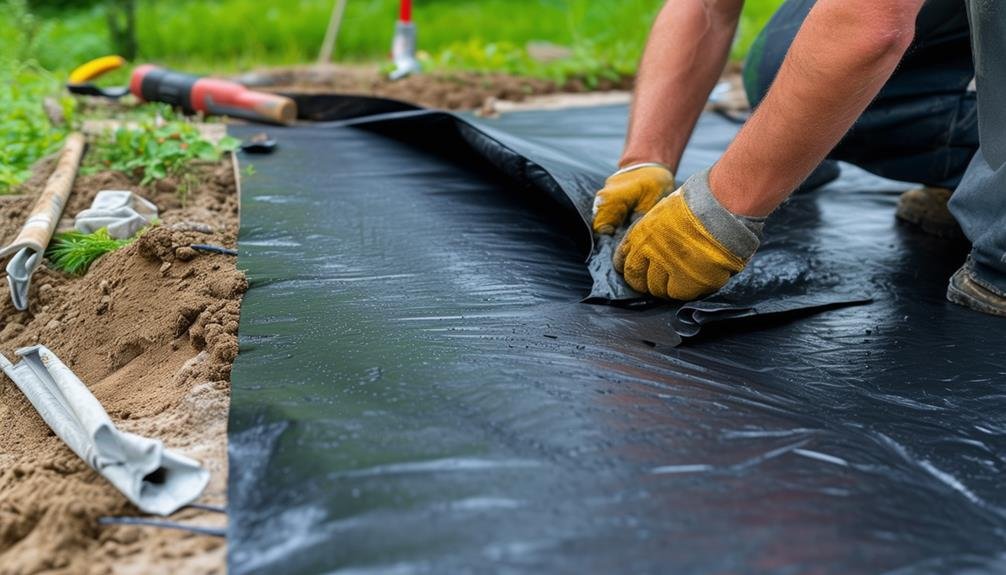
To effectively waterproof a block foundation, we start by carefully applying a durable waterproof barrier that will shield the walls from moisture infiltration. This step is essential for keeping the basement dry and maintaining the structural integrity of the foundation.
First, we thoroughly clean the foundation walls to verify the barrier adheres properly. Any dirt, debris, or old paint must be removed.
Next, we apply a primer to the walls, which helps the barrier bond securely. Once the primer dries, we roll out the waterproof barrier, ensuring there are no gaps or air bubbles. The barrier acts as a strong shield against water penetration, offering long-lasting protection.
It’s important to periodically check on barrier maintenance to confirm it remains effective. Over time, wear and tear might necessitate some patching or reapplication.
For added security, we can combine this exterior method with interior waterproofing techniques, like sealants or drainage systems, to create a comprehensive moisture defense plan.
Grading the Soil

Grading the soil around your block foundation is an essential step to make certain water is effectively directed away, preventing potential moisture damage. By creating a proper slope, we make sure that rainwater and runoff don’t pool near the foundation, which can lead to costly repairs.
First, let’s talk about the necessary slope. We should aim for a minimum grade of 5%, meaning the soil should drop at least 6 inches for every 10 feet away from the house. This might sound technical, but don’t worry— we can handle it with some straightforward grading techniques.
Our primary focus will be on:
- Slope Creation: Using basic tools like shovels and rakes to guarantee the soil slopes away from the foundation.
- Soil Compaction: Compacting the soil properly to prevent it from shifting or eroding over time.
- Drainage Paths: Developing channels or paths to guide water away effectively.
- Landscaping Techniques: Incorporating plants and mulch that assist in water absorption and prevent soil erosion.
- Regular Maintenance: Checking and maintaining the slope periodically to make sure it remains effective.
Ensuring Proper Drainage
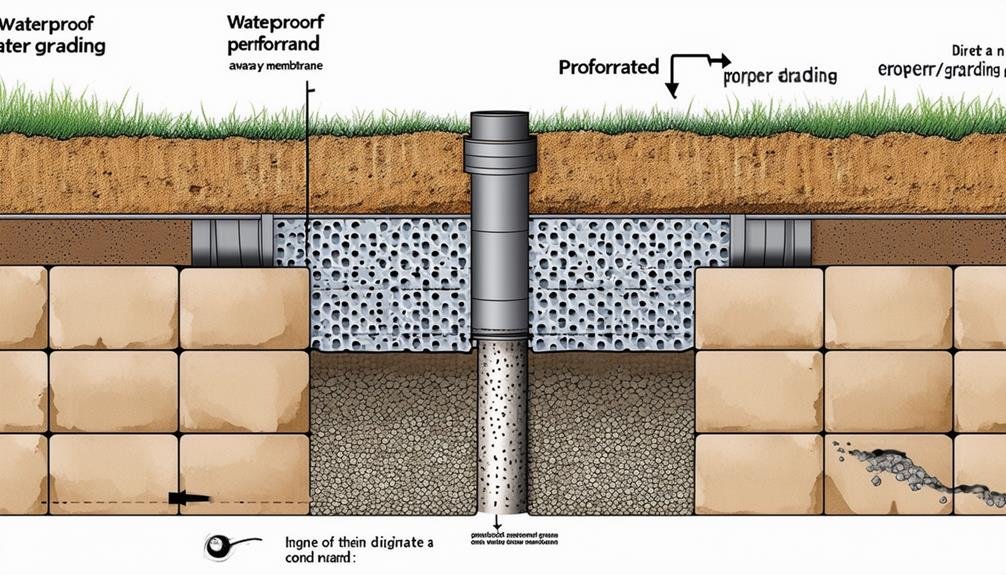
Ensuring proper drainage around your block foundation is vital to keeping your home dry and free from water damage. First, regular drainage maintenance is key. We should inspect gutters and downspouts to make sure they’re clear of debris and direct water at least six feet away from the foundation.
Next, consider landscaping solutions. Planting shrubs and other vegetation strategically can help absorb excess water.
Soil grading is another essential element. Our goal should be to create a slope that directs water away from the house. Ideally, the soil should slope down at least six inches for the first ten feet away from the foundation. This helps prevent water from pooling and seeping into the foundation.
For additional protection, integrating foundation waterproofing techniques such as installing French drains can greatly reduce the risk of water buildup. This simple yet effective system channels water away from your foundation, ensuring it stays dry.
Installing Weeping Tile Systems
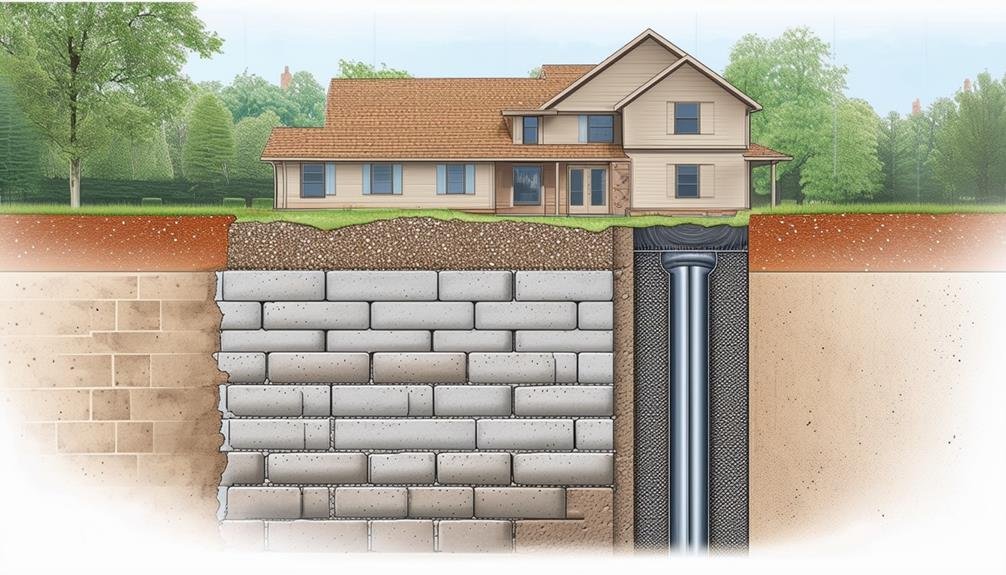
When it comes to installing weeping tile systems, we start by excavating the soil around the foundation to create a trench for the perforated pipes that will efficiently redirect water away. This step is vital to guarantee effective drainage solutions, as it helps prevent water from infiltrating the block foundation and causing potential damage.
Once the trench is prepared, we lay the perforated pipes at a slight slope to facilitate water flow. Here’s what we do next:
- Cover the pipes with gravel: This encourages drainage and prevents soil from clogging the system.
- Wrap the pipes in a geotextile fabric: This filter fabric keeps debris out while allowing water to pass through.
- Backfill the trench: Using clean soil and gravel, we restore the area around your foundation.
- Consider landscaping options: Adding plants or hardscaping can enhance the aesthetic while assisting in water diversion.
- Inspect for proper function: Regular checks guarantee the system remains effective and supports long-term foundation maintenance.
Sump Pump Installation and Maintenance

Installing and maintaining a sump pump is pivotal for effectively managing excess water and safeguarding the structural integrity of your block foundation. In Guelph, where heavy rains and thaw periods can lead to water accumulation, a sump pump system is indispensable.
A well-installed sump pump channels excess water away from your foundation, keeping your basement dry and structurally sound. But installation is only half the battle—pump maintenance is essential. Regularly checking the pump, basin, and battery backup systems ensures that your sump pump functions at its peak when you need it most.
Here’s a quick overview of sump pump essentials:
| Component | Function | Maintenance Tips |
|---|---|---|
| Sump Pump | Removes water from the basement | Test every few months |
| Basin | Collects water for the pump | Keep free of debris |
| Battery Backup | Guarantees operation during outages | Replace batteries annually |
Regular maintenance not only prolongs the lifespan of your sump pump but also offers peace of mind. Backup systems are lifesavers during power outages, ensuring continuous protection. By prioritizing pump maintenance and having dependable backup systems, we can prevent water infiltration and protect our homes’ structural integrity.
Frequently Asked Questions
What Is the Best Waterproofing for Block Foundation?
We believe the best waterproofing for block foundations combines exterior sealants and drainage with interior sealants and insulation. This dual approach effectively blocks water intrusion, ensuring our foundations stay dry and secure, fostering a sense of community belonging.
How Do You Waterproof a Block Foundation From the Inside?
To waterproof a block foundation from the inside, we install drainage systems and apply sealants. While exterior solutions are essential, interior steps like adding a sump pump and sealing walls guarantee a dry, healthy basement environment.
What Is the Best Way to Waterproof a Foundation?
We believe the best way to waterproof a foundation is with exterior solutions. By sealing cracks and applying waterproof coatings, we can protect your home. Plus, effective drainage systems guarantee water is redirected away, keeping everything dry.
Can I Waterproof My Basement Myself?
Waterproofing a basement ourselves is like trying to build a ship without a blueprint. DIY solutions might help temporarily, but professional expertise guarantees effective moisture prevention and long-lasting results, making our home safe and secure.
Conclusion
Imagine our foundation as a ship’s hull sailing through stormy waters. We once found a small crack and thought, ‘It’s just a drop.’ But drops lead to floods.
Waterproofing block foundations in Guelph is like sealing that hull—inspecting, sealing, and layering defenses. Each step, from grading the soil to installing a sump pump, guarantees we stay afloat.
Don’t wait for the storm; let’s keep our foundation shipshape and our homes dry.
